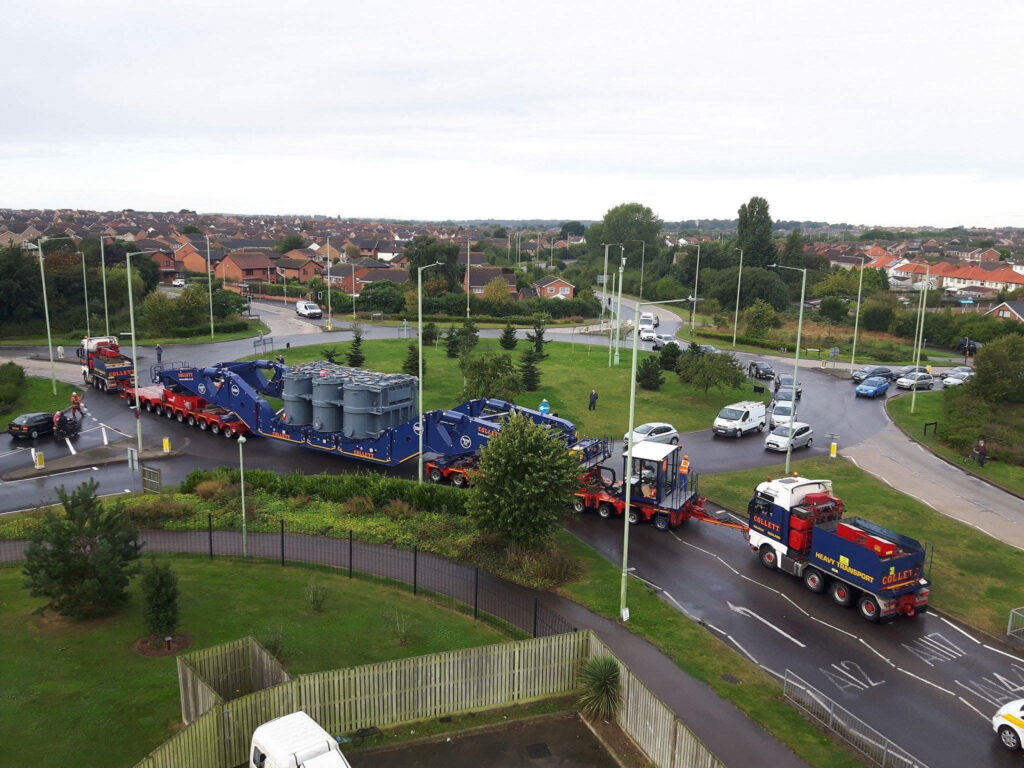Question: Which environmental problems does motorised traffic create in the areas around roads?
Motorised vehicles (cars, motorcycles, vans, trucks..) create several environmental problems in the areas around the roads they use. There is a long list of these problems: air pollution, noise, vibration, dust, light pollution, risk of traffic collisions (with local vehicles and pedestrians), and so on. These environmental problems can then lead to health problems among local residents and other people using the local area.
First example: noise and pedestrians
In my PhD (about Lisbon), I considered noise. I developed new indicators of people’s exposure to roadside noise.
Most studies measure exposure to noise assuming that people are at home. This makes sense, because noise disturbs relaxation and sleep, and most people do this at home. But that is not the only situation when they are exposed to noise. Another situation is when they walk. We can even say that is the situation when people are more vulnerable to roadside noise, as they walk along and across roads.
So I created indicators for noise exposure when people walk around their neighbourhood (for example for leisure or to meet neighbours) and when they go to work (for example, on the way from home/work to bus stops, train stations, or car paks, and while waiting at bus stops).
To do that, I had to first model noise emissions, dispersion, and concentration of noise for the whole Lisbon Metropolitan Area. This was because no harmonised data was available for the whole area. This was an incredibly time-consuming task, but the result looks good (see map below).

After I got the indicators of exposure, I used them for project assessment, simulating how a traffic policy (traffic restriction in the Lisbon city centre) could change noise exposures. The results are in this paper.
Second example: noise and much more
Road traffic impacts are more than just noise. As an example, I worked in a consultancy project for Suffolk and Waveney district councils to assess the impacts of truck and car traffic related to the expansion of the Sizewell Nuclear Power Station in the East of England.
The local residents identified many problems, as reported in this paper. The main problems were, by this order, noise, vibration, increase in travel time for local trips, collision risk, and general stress. We also asked them for priorities for policies to mitigate these problems. The most preferred policies were, by this order, night-time restrictions to truck traffic, provision of less on-site car parking, and safety measures for pedestrians and cyclists.

Far from hear, not from sight
Noise is a recognized negative problem related to roads. It may be solved in the future if all vehicles are electric. But the road infrastructure, and the vehicles using it, will still cause problems. One of them is visual intrusion: some people don’t like to see ugly roads and lots of cars from their windows. I have written about it in this article. A post in the MATHS blog in this website also talks about it.